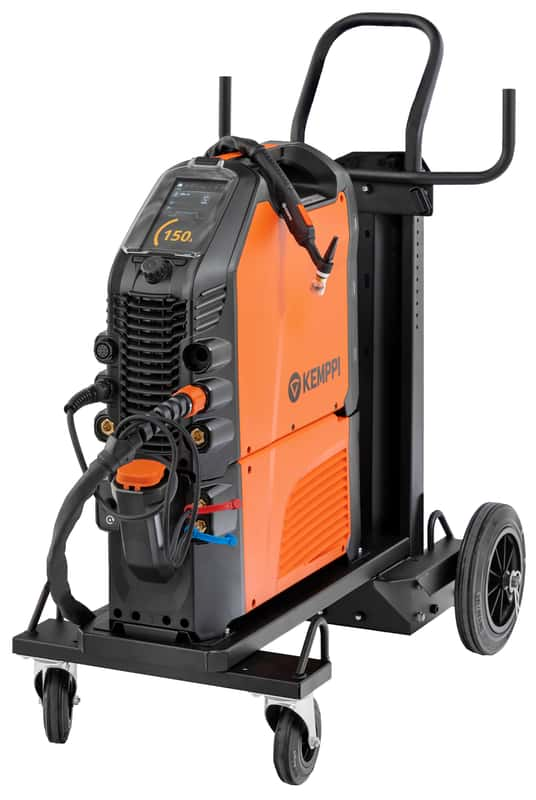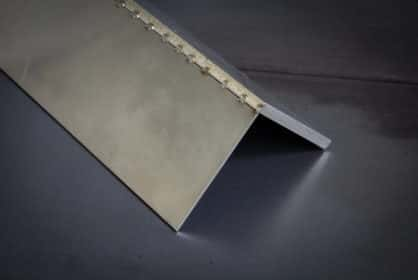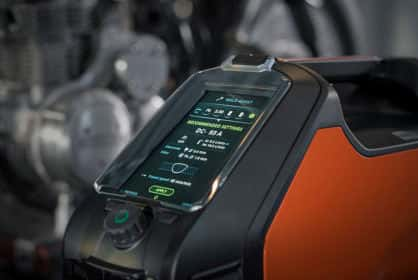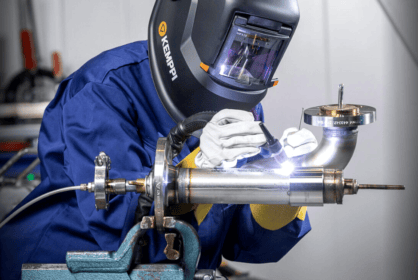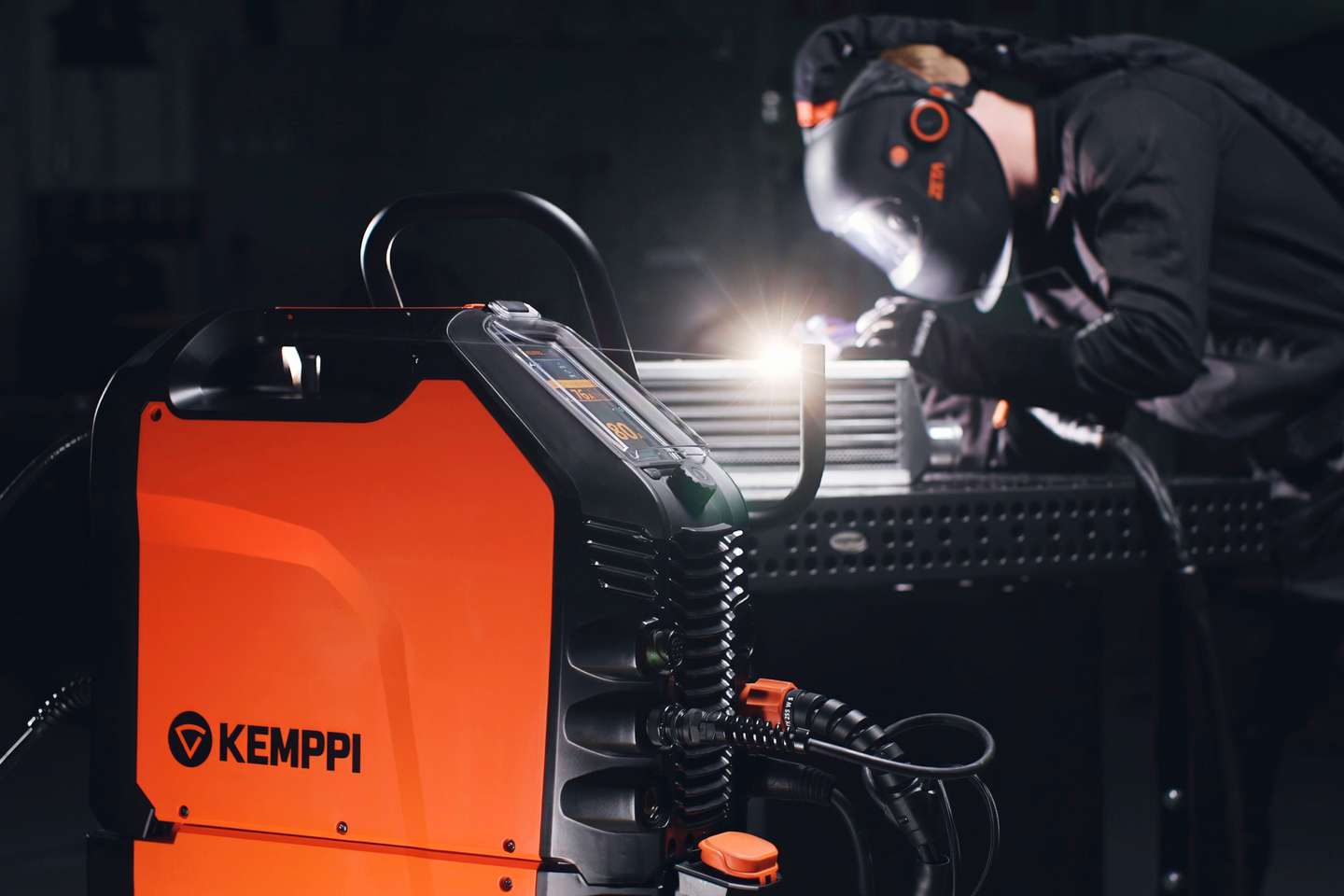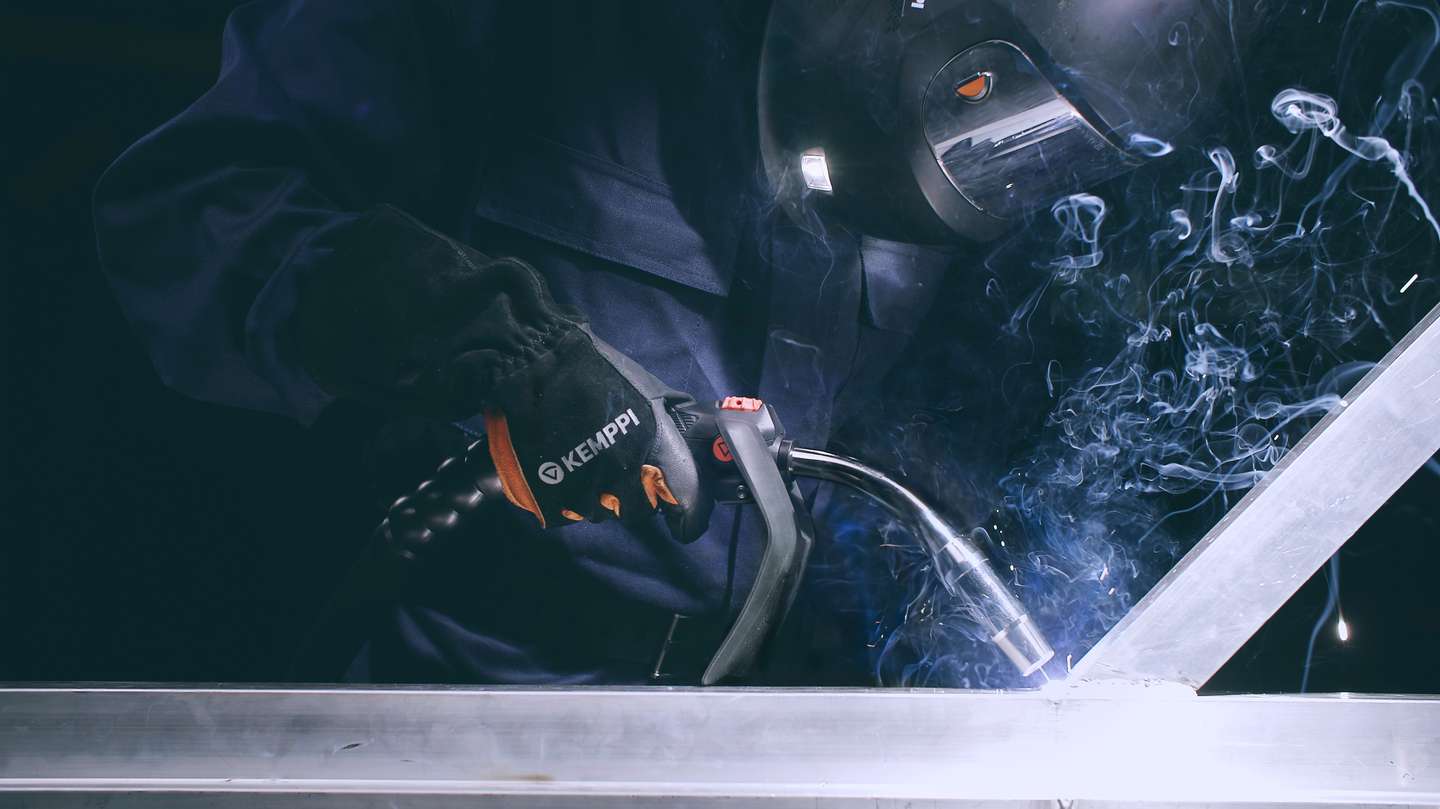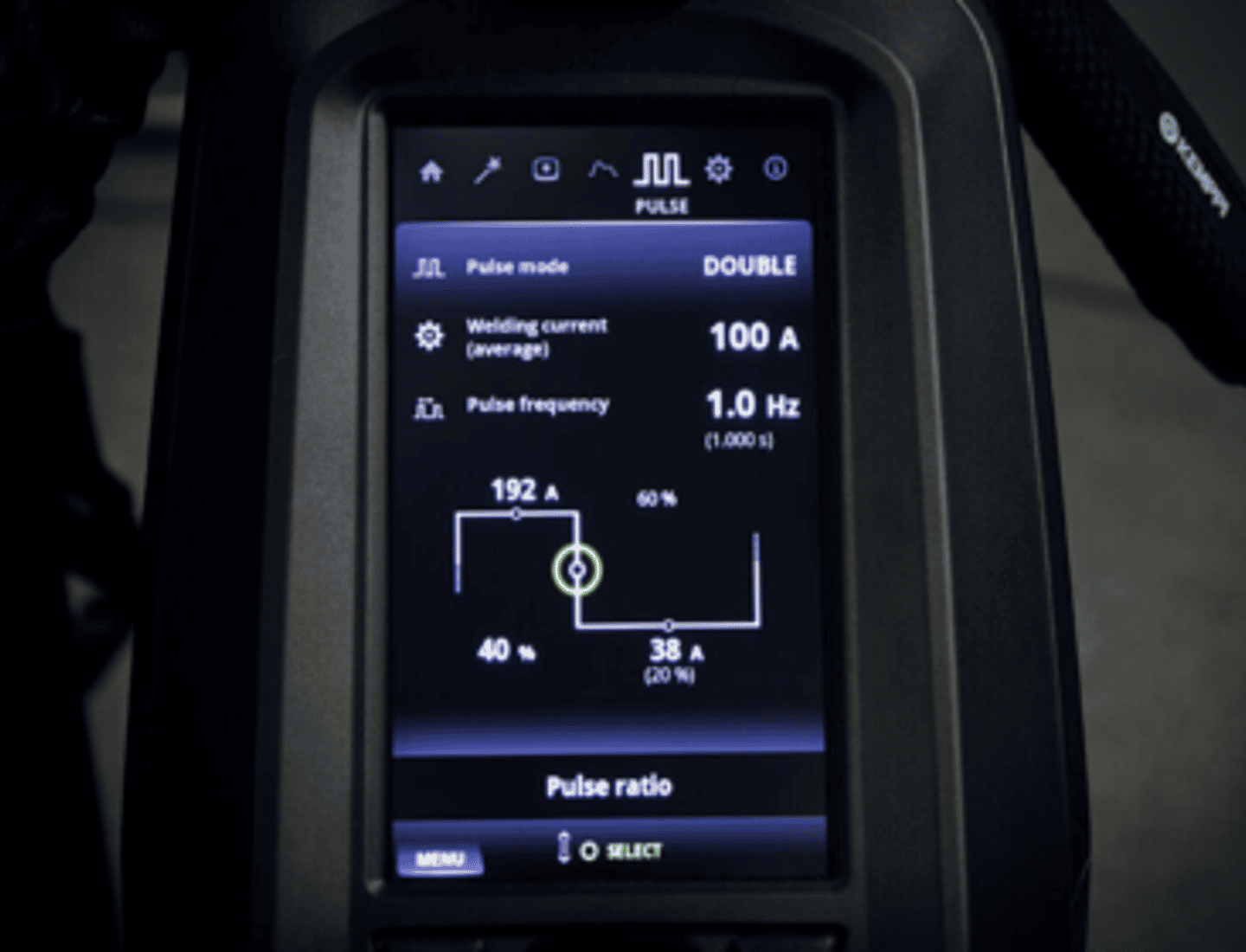
Innowacja
The double-pulse method makes TIG welding more efficient – even with demanding materials
22 listopada 2022
TIG welding is a commonly used welding process for metals that are considered challenging to weld, such as titanium. It is the easiest and safest method for achieving high quality with small equipment investments. However, the number of weld passes required makes TIG welding slow and laborious, and productivity suffers. The double-pulse feature of Kemppi's new MasterTig has been developed to make TIG welding more efficient.
Antti Kahri

Antti Kahri
Antti Kahri
A respected expert in the field of welding, who tragically passed away in early June 2025 while pursuing his passion on a fly fishing trip. As a Welding Engineer on Kemppi Oy’s Welding Team, he held the prestigious International Welding Engineer (IWE) qualification and brought over a decade of experience to developing advanced welding characteristics for TIG, MIG/MAG, and MMA welding machines, including the renowned X8 MIG Welder and MasterTig. Known for his deep expertise and commitment to welding excellence, he was passionate about enhancing the quality and efficiency of welding through user-friendly innovations. His legacy lives on in the technology he helped shape and in the inspiration he offered to colleagues and the wider welding community.
